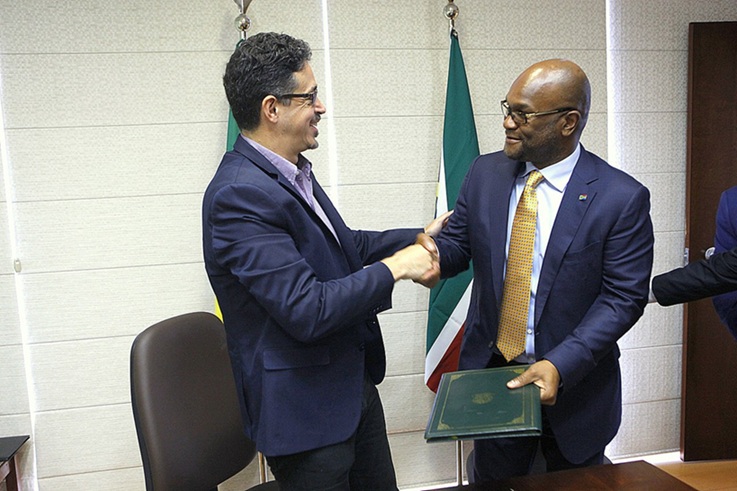When Argentine President Javier Milei took office last December, the international community braced for turbulence. Known for his inflammatory pro-U.S. and anti-China rhetoric, Milei had once dubbed China an “assassin.” But as the dust settled, a curious transformation began to unfold.
Gone were the incendiary remarks and grandstanding. Instead, Milei adopted a cautious tone, particularly when discussing Beijing. In a May interview with British media, he deflected questions about Chinese President Xi Jinping with a measured, “I don’t know him personally to make a judgment. That would be imprudent of me.”
This shift, while surprising to some, is rooted in Argentina’s economic realities. To navigate its debt crisis, Argentina has relied on a currency swap agreement with China, initiated in 2009. This deal allows Argentina to bypass the U.S. dollar, trading directly in yuan and pesos, and has been repeatedly revised and expanded to reflect the deepening economic ties between the two nations. Argentina even bolsters its foreign exchange reserves with yuan, underscoring its financial dependency on China.
Milei’s newfound diplomatic restraint highlights the influence of this economic entanglement. China accounts for a significant portion of Argentina’s trade—8% of exports and 20% of imports. Recognizing this, Milei sent Foreign Minister Diana Mondino to Beijing in April to smooth over any past frictions.
Argentina’s relationship with China extends beyond trade. In 2017, China established its first overseas satellite tracking station in Argentina, enhancing its global satellite reception capabilities. This move has drawn scrutiny from the U.S. military, with Gen. Laura J. Richardson, Commander of the U.S. Southern Command, expressing concerns over potential surveillance capabilities during her visit to Buenos Aires.
Argentina’s economic pivot towards China mirrors broader trends in Latin America. Bolivia, Venezuela, and Brazil have all integrated the yuan into their trade practices, reducing their reliance on the U.S. dollar. Bolivia, for example, conducted about 10% of its trade with China in yuan over three months in 2023.
China’s growing influence in Latin America is strategic. The region’s wealth of food and energy resources aligns with China’s domestic needs. The shift is also evident in trade statistics: China’s share of trade with 33 Latin American countries rose to 16% in 2022, from 2% in 2000, while the U.S. share dropped from 52% to 39%.
This complex dance with China is not exclusive to Argentina. Brazil, under President Luiz Inacio Lula da Silva, exemplifies this balancing act. While Lula visited China and explored collaborations with Huawei, he stopped short of joining the Belt and Road Initiative. This nuanced diplomacy aims to keep both Chinese and Western interests in play, a move that has prompted visits from Western leaders like French President Emmanuel Macron and Japanese Prime Minister Fumio Kishida to Brazil, emphasizing the importance of maintaining strong bilateral ties.
In this evolving geopolitical landscape, Latin America is no longer content to be seen as “America’s backyard.” Instead, countries like Argentina are navigating a multifaceted and pragmatic foreign policy, where economic necessity and diplomatic finesse are key.
(Source: Nikkei Asia)









